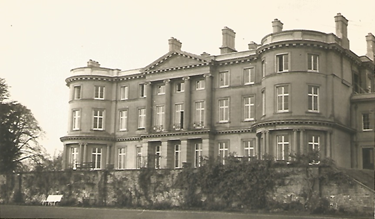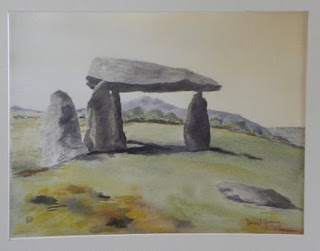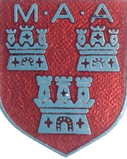Growing up in Llanarth

Growing up in Llanarth by Peter Nash Llanarth Court: Photograph taken by Peter’s parents I was brought up in the village of Llanarth, half way though the last century. My parents had come to the village in 1949, to take up jobs as teachers in Llanarth Court in the recently opened boys’ preparatory school, Blackfriars, run by Dominicans. I was born 10 months after their arrival and my mother stopped work. We lived in the Pitt House, a 17 th Century farmhouse with a priest’s hole in the central chimney: Llanarth was and always had been a Catholic village. In 1953 mum then got a job in the village school, Clytha RC, but known to everyone locally as the Pitt School. It had two teachers, upstairs for juniors, where Eileen Badham, ruled with a rod of iron, and downstairs for Infants, where my mum held sway. There were about 40 pupils at this time. I started school, before my fourth birthday, as a dispensation for my mother. I soon learned that the highlight of...






